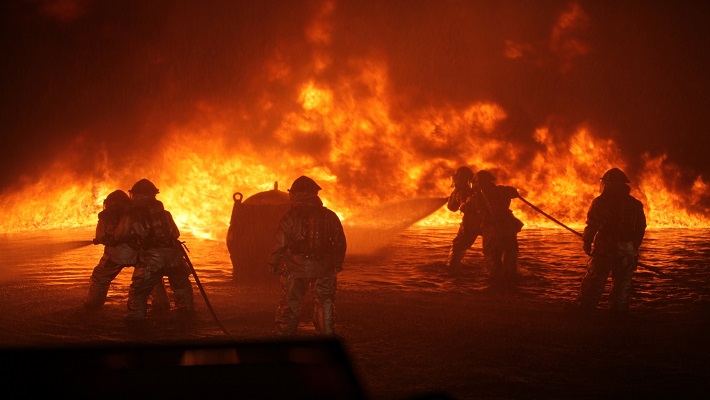
Today massive wildfires have become the norm rather than the exception around the world under new climate regimes. New heat and drought patterns caused by the climate crisis, combined with decades of fire suppression that ignored traditional indigenous land management practices had failed to keep pace with changing forests and exponential growth of the wild land-urban interface, which has resulted in widespread infernos around the world. You may have heard in the news that the western regions of the world have been dealing with an unprecedented surge in wildfires that have left devastation in their wake. From the scorched landscapes of California to the charred forests of Australia, the frequency and intensity of these wildfires have raised significant concerns. Despite technological advancements and heightened awareness, the struggle to effectively tackle those wildfires still continues.
Climate Change & its Harmful Effects
One of the main reasons for the escalating wildfire issue in the West is certainly climate change. Higher temperatures, long-lasting aridity, and varied precipitation trends generate an ideal situation for fire initiation and diffusion. As vegetation dries out, it becomes more prone to ignite, and when a fire begins, it can rapidly intensify due to the availability of dry fuel. The intensified fire seasons experienced in recent years are a clear sign of climate change's contribution to worsening the wildfire problem.
Urban-Wild land Interface & Human Settlements
The burgeoning urban-wild land boundary has made human settlements nearer to flame-inclined areas, augmenting the peril of blazes infringing upon inhabited realms. The construction of suburban areas beside forests and grasslands signifies that fires are presently endangering not just natural atmospheres but also residences and physical infrastructure. This maintains a refined equilibrium between safeguarding native landscapes and keeping lives and assets safe.
Forest Management Practices
For decades, fire suppression efforts have inadvertently exacerbated fuel accumulations in the majority of forests. Traditionally, indigenous societies practiced controlled burning to sustain ecological health, though modern fire prevention activities which has already disturbed these traditional methods, allowing combustible material to build up over time. If uncontrolled fires do erupt, the higher fuel stores feed large and robust flames that are hard to contain. Raising public awareness and readiness for fire emergencies is also a major part of forest fire prevention. Education initiatives teaching citizens about fire-safe behaviors, evacuation protocols, and creating fire-resistant buffers around homes will reduce chances of property loss and physical harm significantly. Nonetheless, inculcating a serious attitude towards problems of wildfire among the community is an ongoing effort that needs to be revamped constantly.
What Can be Done to Prevent It?
Combating the West's wildfire crisis requires a multifaceted approach that addresses the intricate web of factors that contribute to its severity. Proactive measures such as controlled burns and responsible forest management should be prioritized to begin with. These strategies can assist in reducing fuel loads, making it easier to contain and control fires when they do break out. It is also important to invest in cutting-edge technologies. Fire detection system advancements, such as satellite imagery and unmanned aerial vehicles, can improve early detection and response efforts. In addition, research into fire-resistant building materials and designs can aid in the protection of homes and infrastructure in fire-prone areas.
Thus, battling wildfires in the Western regions is a multifaceted challenge influenced by climate change, forest management practices, urban development, and political dynamics. To address this issue, a comprehensive approach that incorporates technological advancements, proactive policies, public education, and global climate action is required. As the frequency and intensity of wildfires increase, we must act quickly and collectively to protect lives, ecosystems, and the future of our planet.







